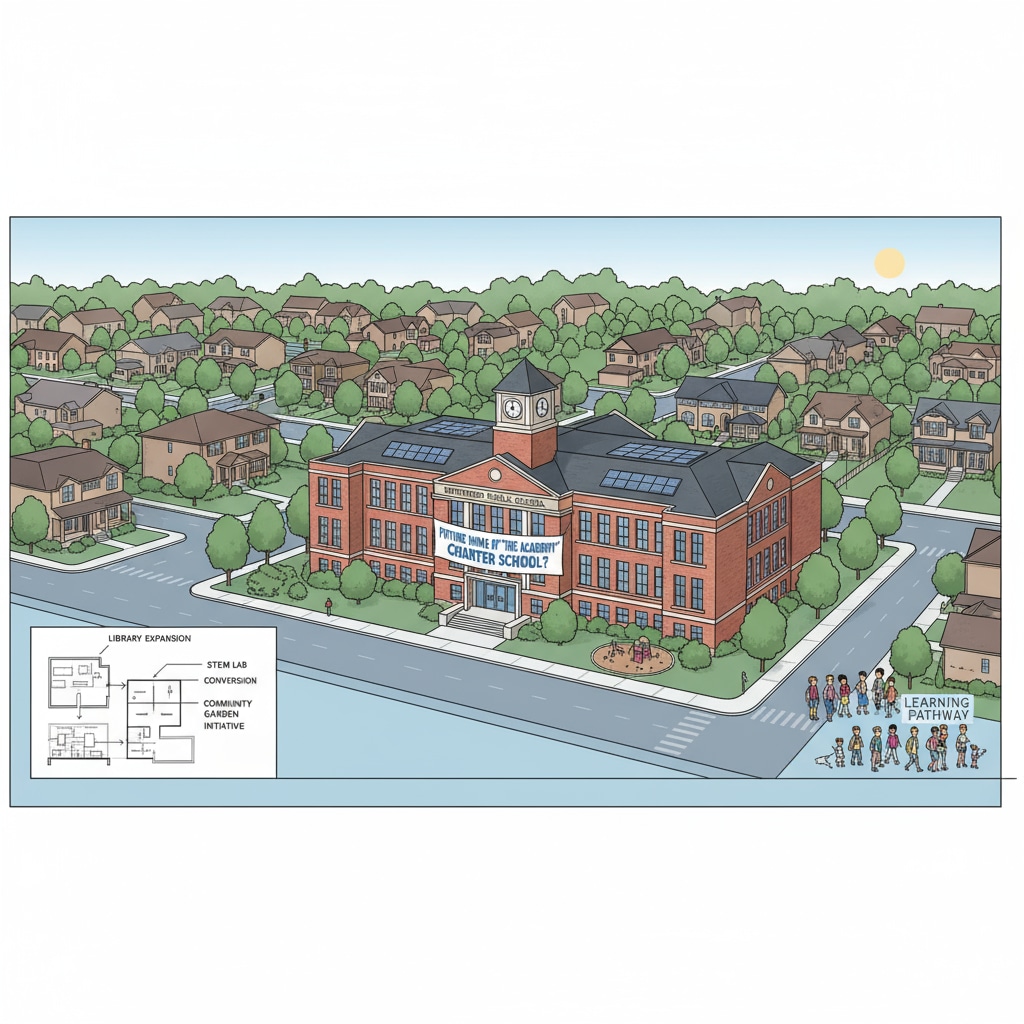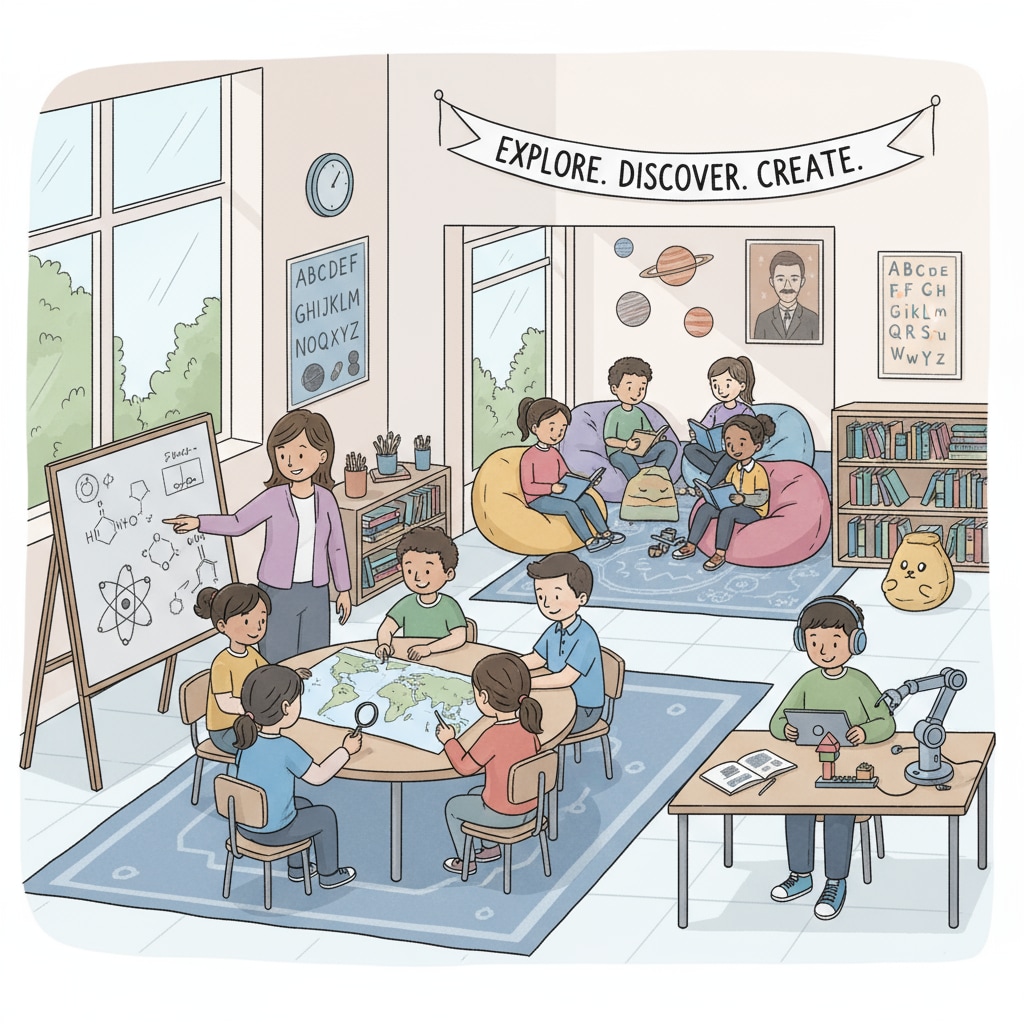The issue of school districts, public schools, charter schools, and community impact has become a topic of great significance in the realm of education. When a public school building in a low-income community is repurposed for a charter school, it sets off a chain of events that can reshape the educational and social fabric of the neighborhood.

The Educational Equity Dimension
One of the primary concerns is educational equity. Charter schools often operate with more autonomy compared to traditional public schools. This can be both a blessing and a curse. On one hand, they may have the freedom to design innovative curricula that could better meet the needs of students. For example, they might focus more on STEM subjects or incorporate project-based learning. However, this autonomy can also lead to disparities. Charter schools may cherry-pick students, selecting those with higher academic achievements or more involved parents. This leaves behind students who are more in need of support, thus exacerbating educational inequality within the community. According to Education Week’s coverage on equity in education, such practices can widen the achievement gap between different student groups.

Community Identity and Cohesion
The transformation also has a profound impact on community identity. Public schools are often the heart of a neighborhood, bringing together families and fostering a sense of community. When a public school is converted into a charter school, it can disrupt this sense of unity. The new charter school may have different rules, cultures, and even admission policies. This can make long-time community residents feel like outsiders in what was once their local school. In addition, the change can lead to a loss of shared history and traditions associated with the public school. As noted by Britannica’s entry on community psychology, a strong community identity is built on shared institutions and experiences, and the conversion of a public school can undermine this foundation.
Resource allocation is another area that is significantly affected. Charter schools may receive different levels of funding compared to public schools. In some cases, they may attract more resources due to their ability to secure private donations or grants. This can leave the remaining public schools in the area with fewer resources. As a result, students in public schools may have access to fewer educational materials, smaller teaching staff, and limited extracurricular activities. On the other hand, charter schools may also bring in new resources and ideas, which could potentially benefit the overall educational ecosystem in the community. However, a careful balance needs to be struck to ensure that all students, regardless of whether they attend a public or charter school, have access to quality education.
Readability guidance: Short paragraphs and lists are used to summarize key points. Each H2 section provides a list where possible. The proportion of passive voice and long sentences is controlled, and transition words are scattered throughout the text.


